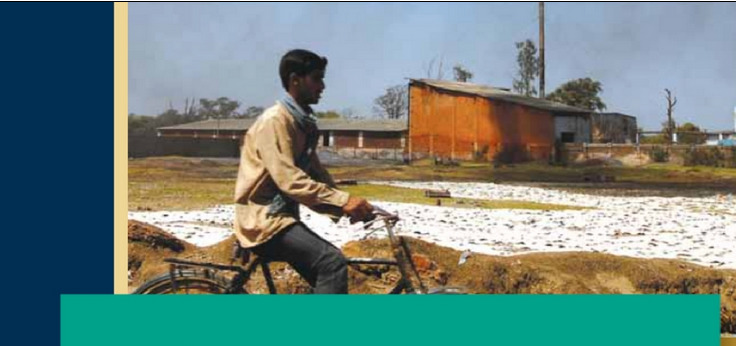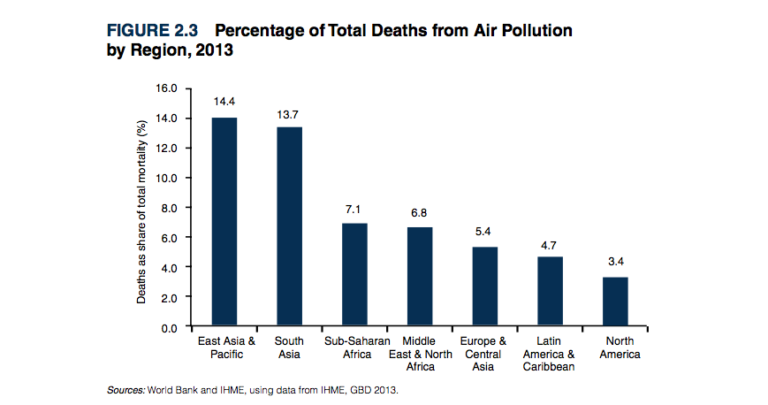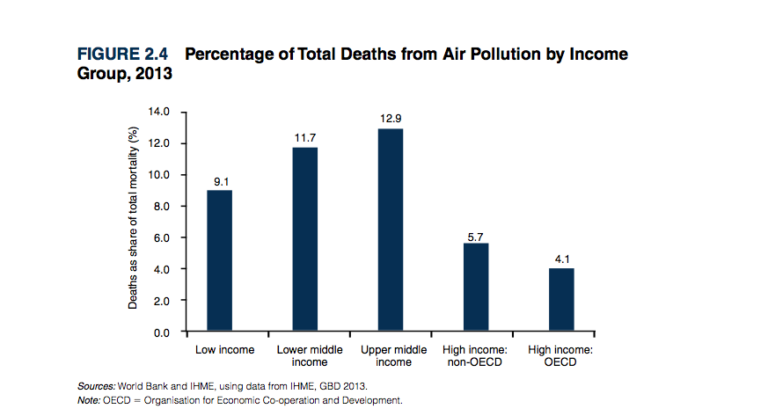But how is our exposure to air pollution measured?
The WHO model was developed together with the University of Bath, United Kingdom and is based on data from more than 3,000 locations with ground station monitors which represent about 40% of the world’s urban population. It also includes satellite measurements and air transport models to give an annual average exposure to particulate matter (PM2.5), which are the tiny particles that penetrate deep into the body and create the greatest harm.
Another source of air quality information that is commonly used across the world is the AirNow or AQICN Apps, Facebook and webpage. This information comes from the Environmental Protection Agencies of 600 major cities in 70 countries. The information from 9,000 stations is collected and reported on an hourly basis in real time. The readings are displayed in the EPA AQI standard index and only uses PM2.5 and PM10 readings.
Is this data accurate to assess my personal exposure?
Research has shown that population exposure from fixed-site monitors do not show a clear picture of daily exposure at the individual level. In fact when comparing personal exposure measurements and ambient monitoring, there are significant differences and some studies have shown that the major variance comes from accounting for air quality during commuting to and from work, school or play. A recent study by the Massachussetts Institute of Technology (MIT) suggests that data collected through mobile phone usage to determine ‘activity patterns’ (areas most transited by people) can be linked to the traditional static air quality monitoring to give a more precise measurement of exposure to air pollution.However, this will also depend on the number of air monitoring stations in the city where you live and how close they are to your area of commute or to the area where you work, how long you spend indoors and the quality of air indoors. All in all, the current system of air quality monitors provides useful information for policy matter and to have an indication of the general air quality, but it fails to provide any given individual with an accurate account of his own personal exposure to air pollution.
There is no doubt that the most useful measure of your personal exposure is a portable air quality monitor, that can give you personalised, real-time, accurate information of your own daily exposure accounting for the quality of the air indoors as well as the outdoor air you are exposed to in your daily routine.
Taking care of your health starts by owning the data of those environmental threats that can negatively affect your health.
This is why we at meo believe that we can make a difference in your life.
In the meantime, get informed:
- To know the annual PM2.5 levels in the city where you live visit: www.breathelife2030.org
- To know hourly air quality values on US EPA AQI standard visit: www.aqicn.org or download the App
- Look for local options to access data that better represents your personal exposure.
Sources:
MIT News – Measuring exposure to pollution
WHO – WHO releases country estimates on air pollution exposure and health impact
AQICN – World-wide Air Quality Monitoring Data Coverage




